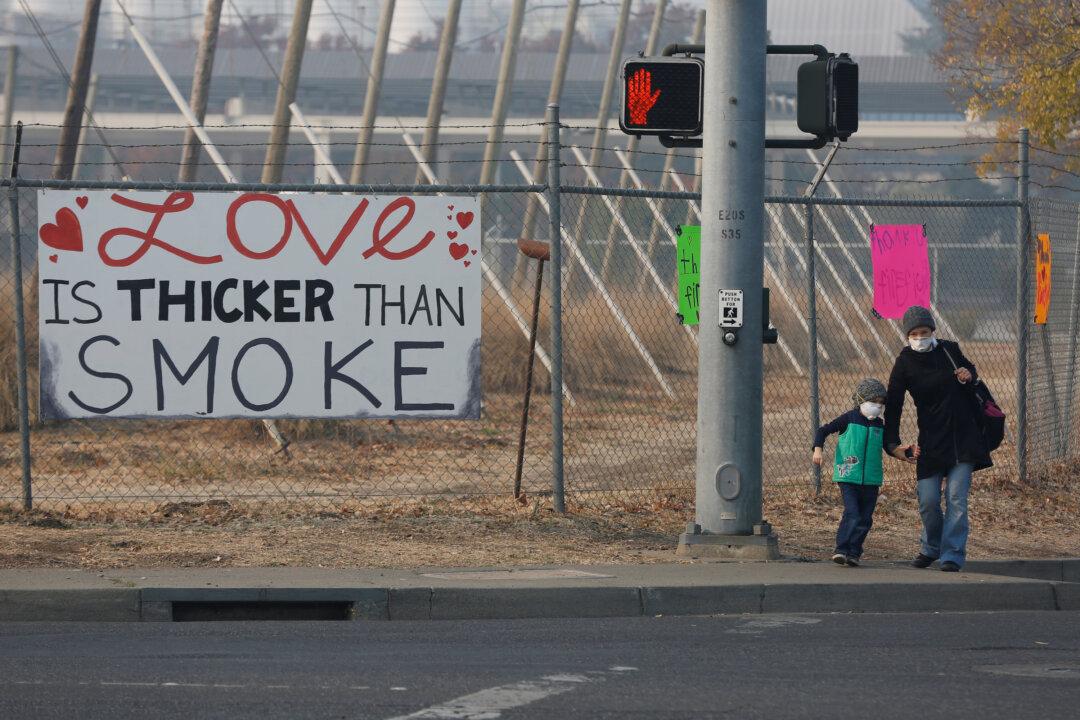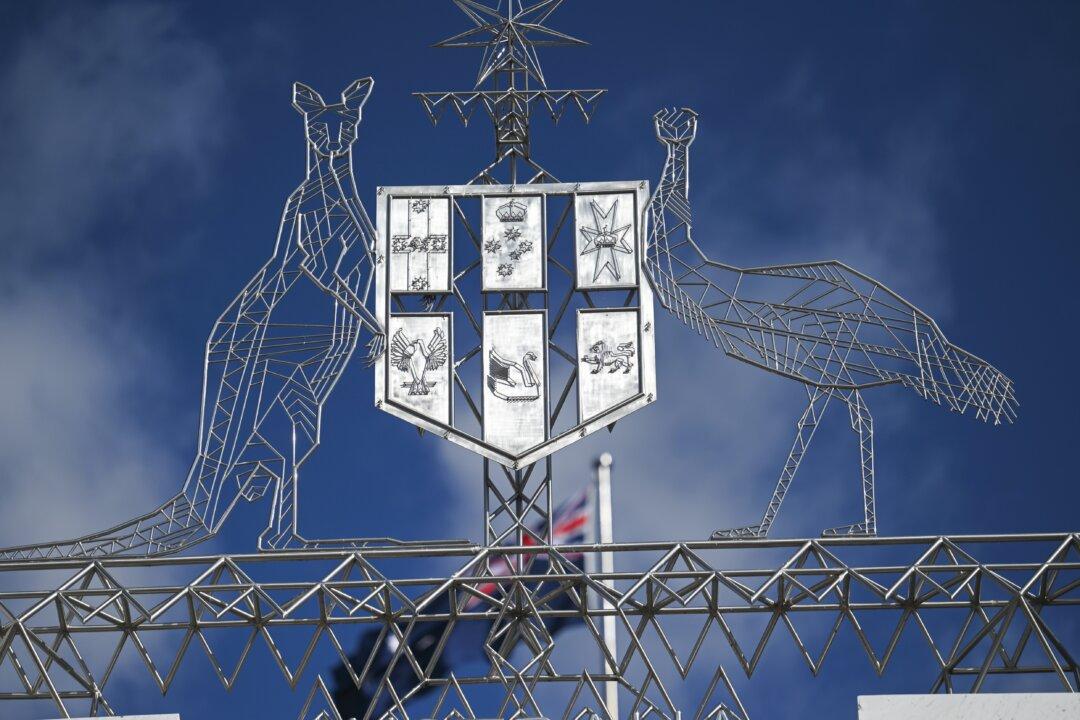Heavy rains were due to bring fresh misery to Northern California late on Nov. 20, raising the risk of mudslides in an area where people left homeless by the state’s deadliest wildfire huddle in parking lot encampments.
State officials warned people to be alert to the risk of sudden flows of debris down the scorched, denuded slopes of the foothills of the Sierra Nevada mountains.





